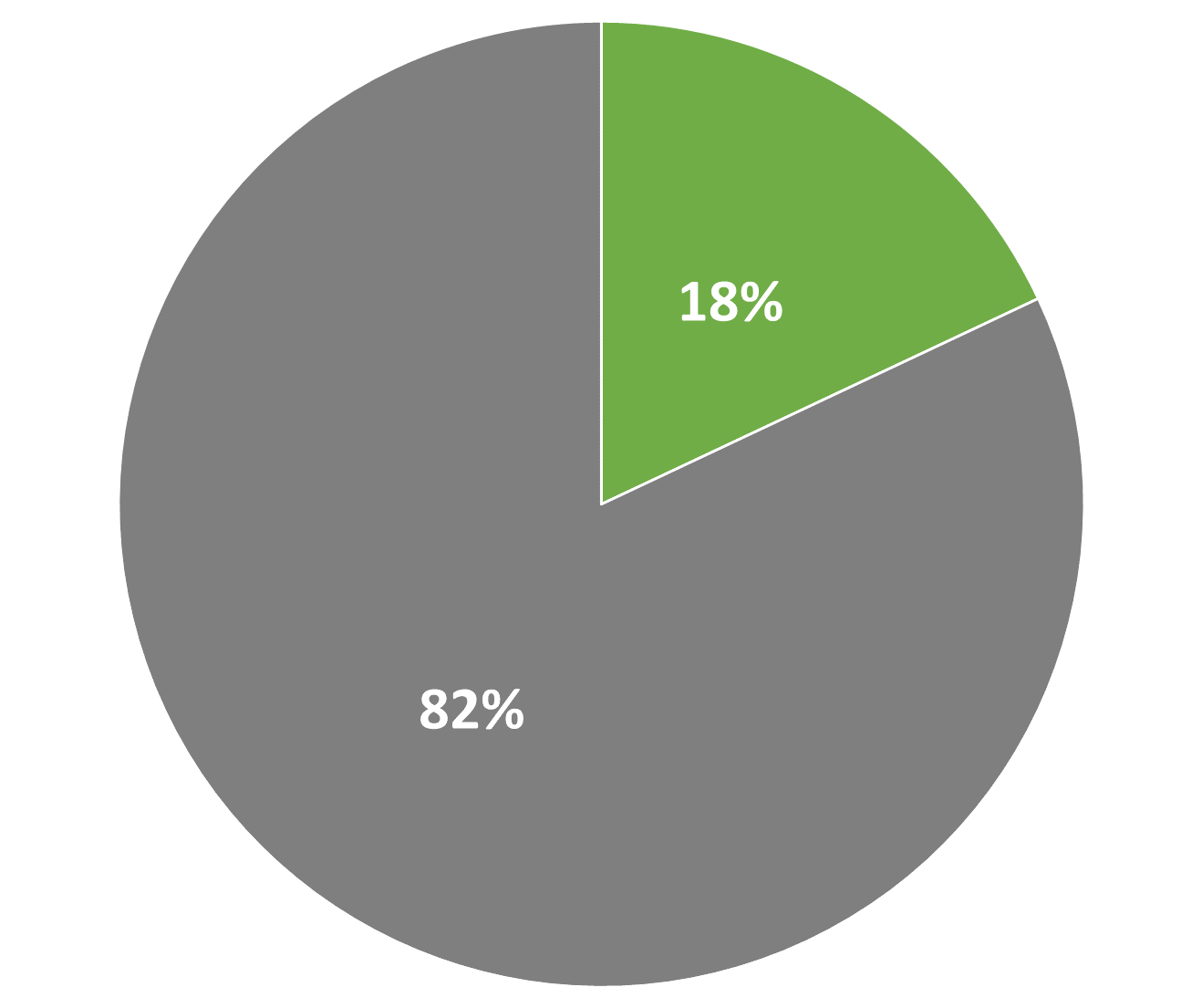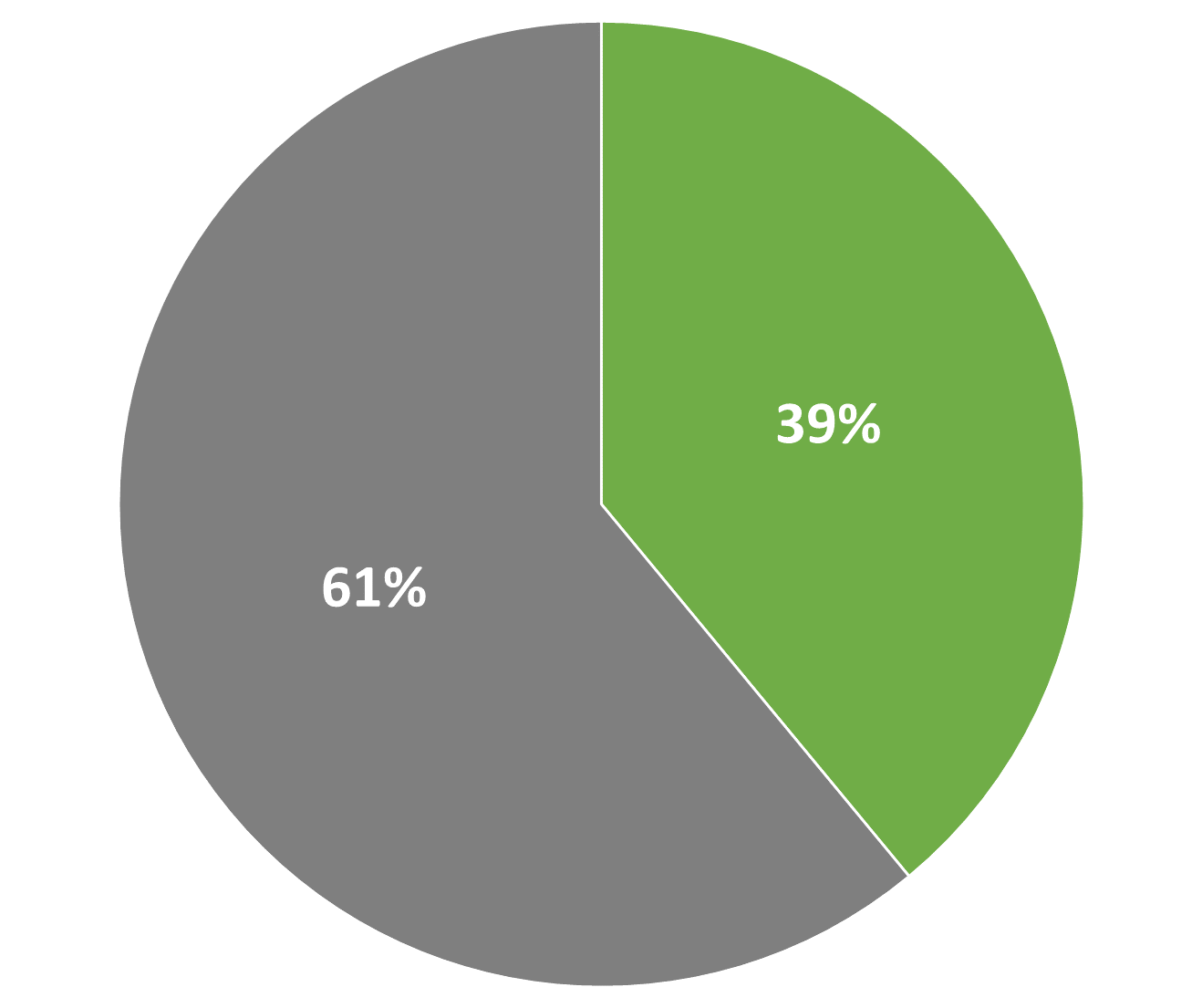|
Guam Rail © Andersen Air Force State of the World’s Birds: 2020 Annual Update
This annual update summarises and profiles some of the key developments in bird science and conservation over the last year. Since the last comprehensive edition of State of the World’s Birds was published in 2018, knowledge and evidence has continued to accumulate about the changing conservation status and trends of the world’s birds (STATE), the threats causing birds to decline (PRESSURE), and the conservation actions being taken to improve their status (RESPONSE).
STATEBirdLife International is the official Red List Authority for birds, responsible for assessing and documenting the global extinction risk of all 11,000 species for the IUCN Red List. Following transparent expert discussions on BirdLife’s Globally Threatened Bird Forums, the 2019 Red List update saw 26 species being uplisted to higher threat categories and 35 downlisted to lower threat categories.
The highest profile change was the downlisting of Guam Rail Hypotaenidia owstoni from Extinct in the Wild to Critically Endangered – only the second bird species in history to have recovered like this, after California Condor Gymnogyps californianus. On Mauritius, long-term conservation efforts for Echo Parakeet Psittacula eques paid off when it was downlisted from Endangered to Vulnerable. Conversely, Gurney's Pitta Hydrornis gurneyi was uplisted from Endangered to Critically Endangered, reflecting the alarming level of destruction of its remaining lowland forest habitat in Myanmar. Imperial Amazon Amazona imperialis, endemic to Dominica, was also uplisted from Endangered to Critically Endangered, as the threats it faced from habitat loss and trapping have been compounded by the impact of 2017’s Hurricane Maria – the strongest storm known to have hit Dominica to date.
Case study – Asian songbird crisis deepens
Case study – A new approach for confirming extinctionIn 2017, a series of papers co-authored by BirdLife scientists laid out methods for quantitatively estimating the probability that a species had become extinct using data on records, surveys and threats to the species. In 2018, BirdLife published a paper applying these methods to 61 confirmed or potentially extinct bird species, which identified a suite of species needing reclassification. These changes were made in the 2019 Red List update, when Spix's Macaw Cyanopsitta spixii was reclassified as Extinct in the Wild and several others as Extinct or Possibly Extinct.
Relevant recent news stories
PRESSUREAnalysis of data from BirdLife’s latest species assessments for the IUCN Red List shows that the threats affecting the greatest number of the world’s threatened bird species are (in descending order) agriculture, logging, invasive alien species, hunting and trapping, climate change and severe weather, and residential and commercial development. These same threats also emerge highly from monitoring of Important Bird & Biodiversity Areas (IBAs) by the BirdLife Partnership. The 2019 update to BirdLife’s list of IBAs in Danger includes 255 sites in 48 countries and territories.
The relative importance of different threats to globally threatened bird species based on the number of species affected. Many species are affected by more than one threat.
Case study – Scale of illegal killing across African-Eurasian Flyway revealedIn 2015, BirdLife scientists published the first quantitative assessment of the scale and scope of illegal killing and taking of birds across the Mediterranean region. This was followed in 2017 by an equivalent study covering Northern and Central Europe and the Caucasus. In 2019, BirdLife published a third review, encompassing the Arabian Peninsula and Persian Gulf. The combined results of these three papers indicate that between 13 and 43 million birds are illegally killed or taken across this wider region every year, including individuals of numerous threatened and declining species.
The mean estimated number of birds illegally killed/taken per year per country. The assessment was only carried out in some provinces within Iran and Saudi Arabia. SOURCE Brochet et al. (2016) Preliminary assessment of the scope and scale of illegal killing and taking of birds in the Mediterranean. Bird Conservation International 26: 1–28. Brochet et al. (2019) Illegal killing and taking of birds in Europe outside the Mediterranean: assessing the scope and scale of a complex issue. Bird Conservation International 29: 10–40. Brochet et al. (2019) A preliminary assessment of the scope and scale of illegal killing and taking of wild birds in the Arabian peninsula, Iran and Iraq. Sandgrouse 41: 154-175.
Case study – Global assessment of threats to seabirdsIn 2019, BirdLife scientists published the first objective quantitative assessment of the threats to all 359 species of seabirds, using the standardised Threats Classification Scheme developed for the IUCN Red List. The top three threats to seabirds in terms of number of species affected and average impact are invasive alien species (affecting 165 species), bycatch in fisheries (affecting 100 species, but with the greatest average impact), and climate change/severe weather (affecting 96 species). Overfishing, hunting/trapping and disturbance are also identified as major threats to some seabirds.
Threats to some of the most threatened groups of seabirds. Values represent the percentage of species in each group affected. SOURCE Dias et al. (2019) Threats to seabirds: A global assessment. Biological Conservation.
Relevant recent news stories
RESPONSEAnalysis of the latest data show that 21% of Important Bird & Biodiversity Areas (IBAs) are now completely covered by protected areas and that 44% of sites are partially covered, while 36% still have no coverage by protected areas. On average, 46% of the area of each IBA is now covered by protected areas, up from 35% in 2000. Overall, 2,437 IBAs (18% of the total network, and 27% of IBAs in BirdLife Partner countries) have directly benefited from conservation action implemented by the BirdLife Partnership since 2013. Furthermore, 39% of threatened bird species worldwide have directly benefited from BirdLife Partner actions since 2013.  Actions implemented by BirdLife Partners between 2013 and 2017 have directly benefited 18% of the world’s Important Bird & Biodiversity Areas (IBAs). Actions implemented by BirdLife Partners between 2013 and 2017 have directly benefited 18% of the world’s Important Bird & Biodiversity Areas (IBAs). Actions implemented by BirdLife Partners between 2013 and 2017 have directly benefited 39% of the world’s globally threatened bird species. Actions implemented by BirdLife Partners between 2013 and 2017 have directly benefited 39% of the world’s globally threatened bird species.
Case study – Protection for migratory waterbirds along China’s Yellow Sea coast
Case study – Vulture recoveries in Nepal
Relevant recent news stories
BirdLife's work on State of the World's Birds is generously funded by the Aage V. Jensen Charity Foundation. |